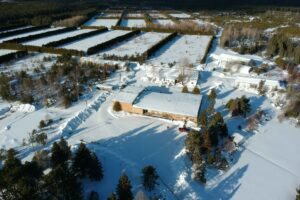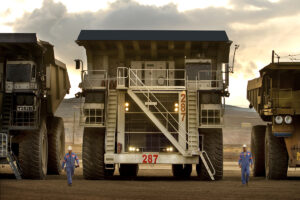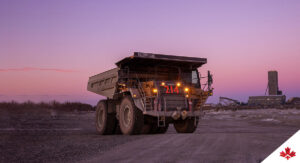Introduction
Sedimentary (clay) lithium deposits are formed from volcanic eruptions that deposit lithium bearing volcanic glass and ash (tuffs), which is gradually eroded and leached over time to create a lithium-bearing clay, called smectite. The smectite clays can then be subject to hydrothermal alteration, which increase the lithium content and alters the smectite to illite clay.
Surprisingly over 90% of sedimentary lithium exploration/development projects are located in the US, with an incredible 75% found in Nevada. In general, sedimentary lithium deposits are lower-grade than igneous (hard rock) lithium deposits but higher grade than lithium brine deposits, and in terms of scale (contained LCE) they tend to be larger than igneous lithium deposits but smaller than lithium brine deposits.
That said with the peer group of sedimentary lithium deposits there is a large range in deposit size from 0.3 million tonnes of contained lithium carbonate equivalent (LCE) up to 21.5 million tonnes.
Commercial Production Risk
In general, sedimentary lithium deposits have a number of positive features that make them attractive potential sources of lithium, they tend to be flat lying with low-strip ratio, the lithium bearing material is soft and therefore amenable to low-cost mining and crushing, and they tend to be large, providing long-life sources of lithium.
For the rest of this column: pulse/lithium-americas-ioneer-carrying-weight-all-clay-deposits-long/
This article was published by: Stan
Visit the original article here



